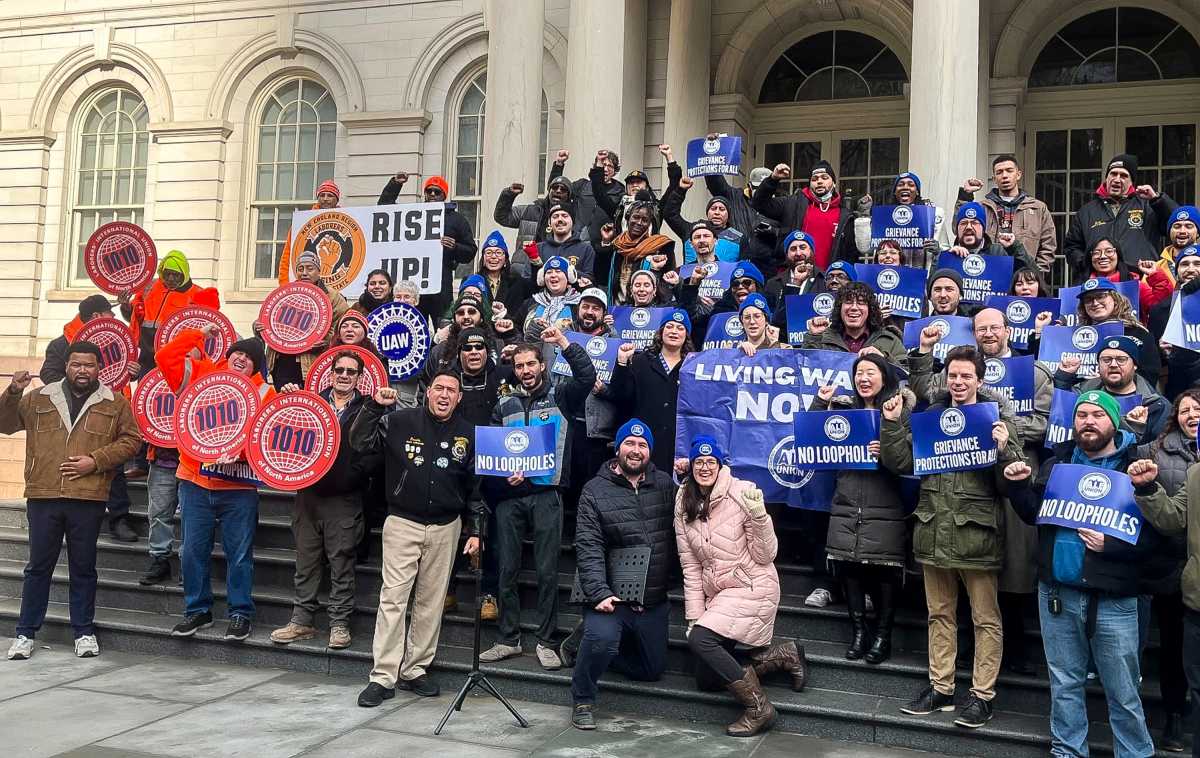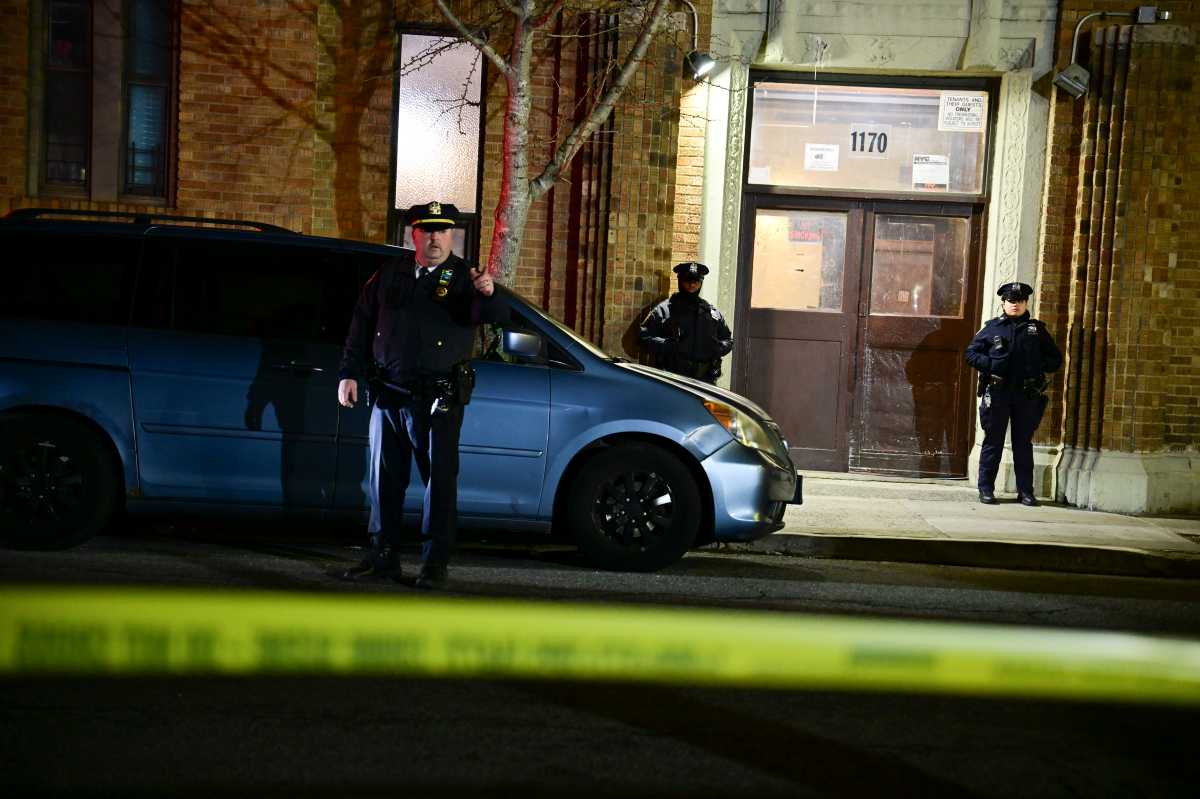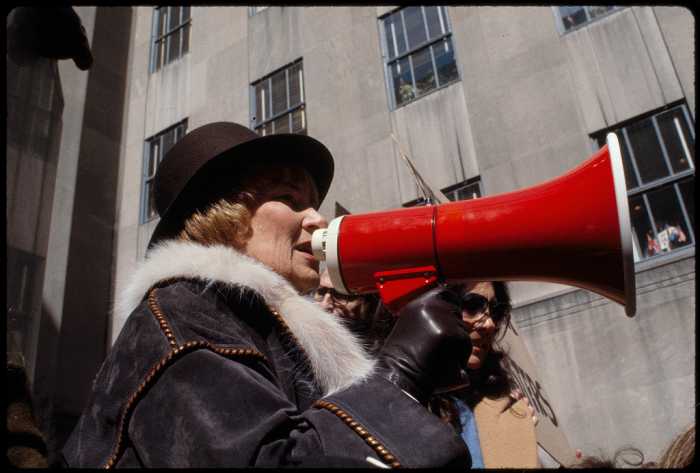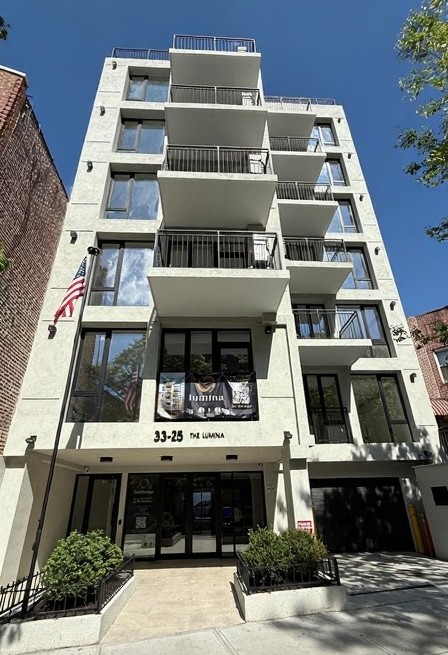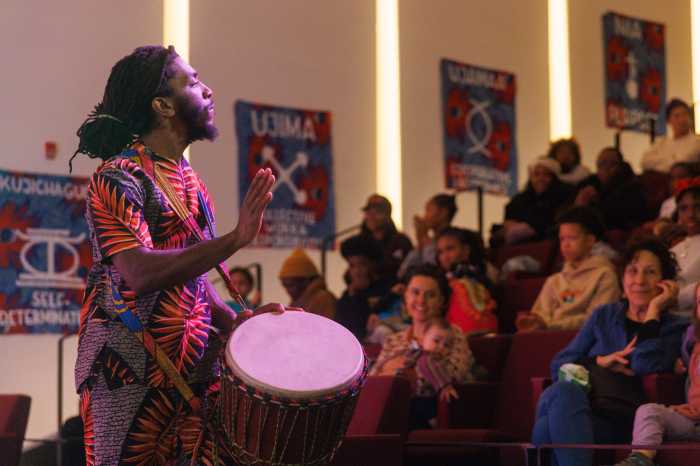Prosecutors unveiled a massive Manhattan gang gun violence indictment on Tuesday in which 16 suspects were charged with 21 separate shootings across the borough last year.
While Manhattan District Attorney Alvin Bragg and Mayor Eric Adams praised the work of investigators to crack the case, Police Commissioner Jessica Tisch pointed out that the takedown was possible thanks to the NYPD’s controversial gang database — which criminal justice advocates say is discriminatory, but the NYPD counters as essential to keeping communities safe.
According to DA Bragg, the 16 suspects are members of “LA World“ and “Wuski” gangs. They were charged for committing 21 shootings between March 25 to Sept. 30, 2024 as part of a conflict between the rival crews. In fact, the gang war accounted for 50% of shooting incidents in East Harlem during the period — which included a double murder case.
“That is an astonishing number I submit to you,” Bragg said. “The root of the alleged violence was retribution between two rival gangs, LA world and Wuski. A double homicide on March 24 involving an LA world member quickly spiraled out of control.”
On that date in question, 25-year-old Harry Mendoza and 16-year-old Ashley Ballard were both murdered at Lexington Avenue and East 128th Street.
Bragg said that the rival factions became embroiled in a heated war that put the public at risk from shooting at one another on crowded street corners, by playgrounds near children, through the windows of NYCHA lobbies, and even at bus stops.

Court documents reveal that the war not only engulfed the streets but also lit up social media. gangs exchanged messages on Instagram and Telegram, planning and discussing shootings. They also frequently shared screenshots of Citizen App notifications about the shootings with each other.
In one audio message, reputed Wuski member Prince Bouche allegedly said: “I need every Lehman member to die…when we get the one we want we’re going to be good bro.”
Another alleged Wuski member, Aaden Williams, sent several text messages after a shooting indicating he fired shots by saying, “I just got busy word to my dead, I threw 7…I threw on all of them, threw off the hip. I threw a lot so I hope I tagged one.”


“It breaks our heart when you have to sit in a hospital room when a young person is a victim of a shooting or some form of violence, or you have to go visit a parent or loved one,” Mayor Eric Adams said.
In addition to the arrests, cops recovered 15 different firearms, 13 of which were fired in the gang war.
Tisch praised the department’s partnership with the DA’s office and the work of law enforcement involved. However, she also said that the department’s controversial gang database was instrumental in bringing the shooters to justice.
“Detectives used one particular tool in this investigation that some in the City Council want to abolish, and that is the NYPD criminal group database,” she said. “This database helped our investigators understand the members of these gangs, and importantly, their rivalries. Calls to get rid of this tool are dangerous.”

According to Chief of Detectives Joseph Kenny, 507 gangs have been identified in New York City, with approximately 13,304 members listed in the database. To be placed on the list, an individual must meet certain criteria.
For example, they can self-admit to being a gang member and be identified through social media or through law enforcement. Each name is vetted before being added to the gang database.
Advocates, however, argue that the gang database has a significant number of Black and Brown individuals listed, causing community groups to feel singled out and racially profiled. They also say those who have left gangs often remain in the database and singled out.


















